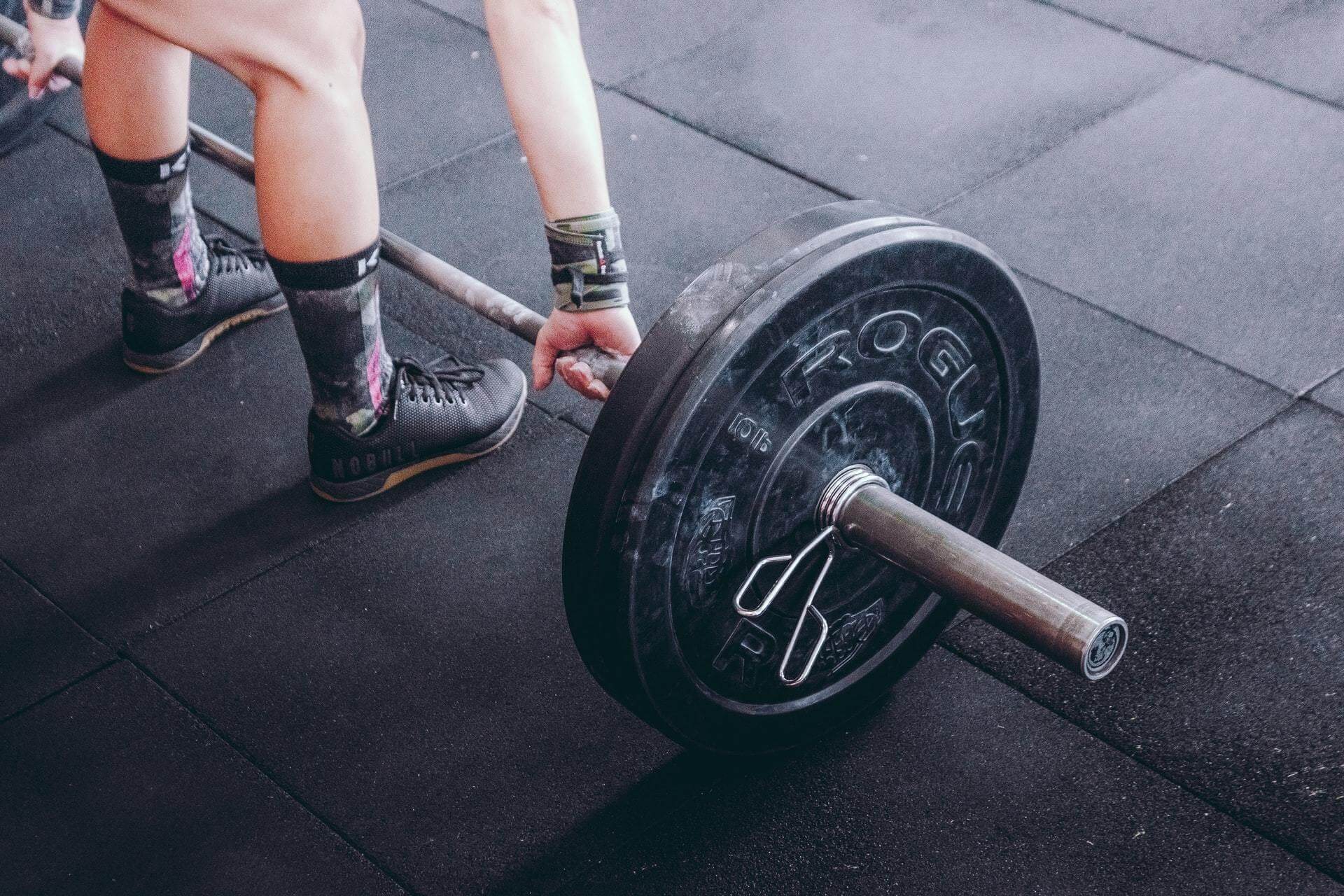No matter how you plan your days, waking up with a sore upper back is never a welcome experience. Fortunately, certain at-home remedies for upper back pain can get you back on track to living life normally.
Tackling your pain at the source — such as correcting your posture or avoiding muscle overuse — can help you prevent injury in the future. But aside from prevention, how can you feel better today? What are some easy, quick methods for upper back pain relief?
Below, we’ll cover everything you should know about remedies for upper back pain, including common reasons it occurs and five of the best ways to feel better.
What Causes Upper Back Pain?
Whether you live an active or sedentary lifestyle, it can be tricky to pinpoint one source of back pain. But in general, mid to upper back pain can be triggered by various factors, including:
- Muscle strain or injury from intense exercise
- Poor posture while sitting or hunching over a computer for a large portion of the day
- Excessive stress that manifests as tension in your back, shoulders, and neck
- More serious medical issues such as a herniated disc, osteoarthritis, or myofascial pain
It’s best to speak with your doctor if your back pain is causing you persistent or significant issues. As helpful as at-home remedies can be, professional opinions are always the best first step to get on the path to feeling better.
How to Relieve Upper Back Pain: 5 Easy Ways
Whether you’re experiencing upper back pain between your shoulder blades, near your neck, or across your mid-back, certain at-home remedies can offer you quick relief.
Here are five easy and reliable ways to help you ease upper back pain:
1. Stretching
Stretches for upper back pain can boost your blood flow, increase oxygen, and help deliver nutrients to areas of soreness in your body. On top of that, stretching and other light exercises can strengthen your back muscles overall (meaning you could prevent bouts of pain from returning later on.)
Here are a few of the most useful upper back pain stretches to try out:
- Child’s pose
- Shoulder roll
- Neck flexion
- Overarm stretch
2. Apply Heat Wraps or Cold Packs to the Afflicted Area
Heat and cold therapy are some of the most well-known ways to ease tension in your back. Medical professionals often recommend cold treatments for acute muscle injuries (such as strains or tears), while heat is normally recommended to ease chronic pain.
If you’re dealing with long-term upper back pain, you can try using a heating pad with a towel on the area of concern. After 15-20 minutes, you may start to feel some relief. For acute back injuries, you can also place a cold pack on the area for 10-15 minutes at a time, being careful not to apply directly on the skin.
3. Find a Balance Between Rest and Movement
If specific daily activities — such as work, cleaning, or exercise — cause significant pain in your upper back, don’t be afraid to give your body some time to heal.
That being said, it’s best to stick to only a few hours of rest at a time, with no longer than a day or two total spent in recovery mode. A bit of time off is beneficial, but excessive rest may actually do more harm than good.
All in all, focus on finding a balance. Rest as needed while still aiming to get back into the swing of your daily activities in the near future.
4. Use OTC Pain Relievers and Pain Relief Cream
Over-the-counter pain relievers such as ibuprofen or naproxen can offer relief for many issues, including headaches, earaches, and yes — even upper back pain. While OTC pain relievers may not be effective for everyone, they could offer comfort for a short while.
In some cases, over-the-counter pain relief creams can also ease upper back pain.
For chronic pain, OTC pain relief cream may not do much to ease spasms or soreness. But when you’re dealing with an acute injury — such as a pulled muscle or strain — these products could be worthwhile.
5. Try Massage Therapy
Massage — whether it’s deep tissue or light pressure — can help you ease the pain and tension in your back muscles. According to the Mayo Clinic, massage therapy offers some incredible health benefits, including:
- Alleviating stress and promoting relaxation
- Decreasing heart rate and blood pressure
- Boosting circulation and energy
- Easing soreness and pain in the muscles
Despite the positive effects of massage on your body, it’s not always practical to see a masseuse regularly. Fortunately, advancements in therapeutic technology make it easier than ever for you to get the health benefits of massage at home.
How to Self-Massage at Home
To massage at home, you can use your own hands, ask a partner to help you, or use devices specifically designed to provide the benefits of massage.
MedMassager’s Body Massager Plus is one FDA-certified device trusted by physicians to help with various ailments. It’s expertly designed to ease both upper and lower body pain, using oscillating technology that models a masseuse’s hands.
No matter what type of lifestyle you live, regular massage can help alleviate pain and promote overall well-being. It increases blood flow, boosts circulation, and decreases tension in the areas of your body that need it most.
The Takeaway on Remedies for Upper Back Pain
Whether your back pain results from stress, a pulled muscle, or intense exercise, it can get in the way of living life the way you want to.
That’s why remedies for upper back pain — such as OTC pain relievers, stretching, and heat and cold therapy — are so helpful. Additionally, incorporating massage into your daily routine can make a significant difference in how you feel.
Massage offers both short and long-term benefits by boosting circulation and promoting relaxation in your muscles. While any self-massage is useful for back pain, massagers with therapeutic technology can also provide powerful results.
For a range of physician-trusted at-home massagers to boost your overall wellness, check out MedMassager’s complete collection today. Or, visit this page to learn how you can use a massager for upper back pain.



